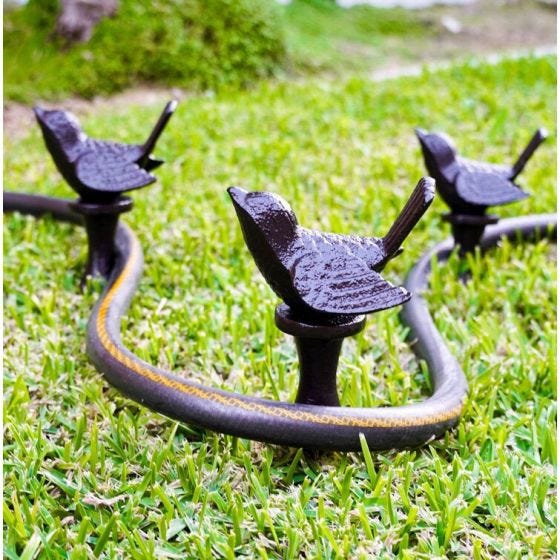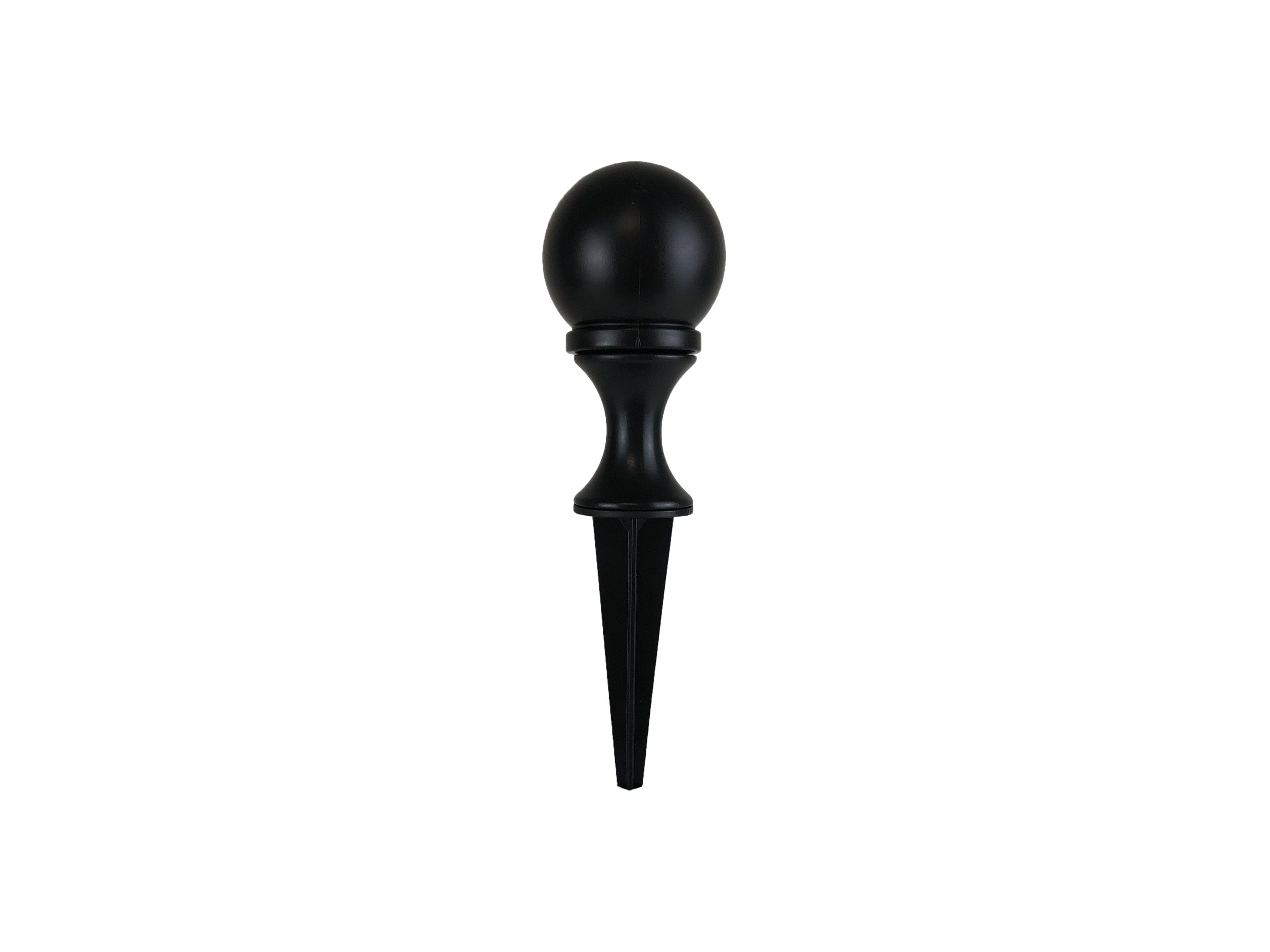As an avid gardener and homeowner, I’ve always been on the lookout for ways to enhance the beauty of my outdoor space. One of my favorite discoveries has been decorative hose guides. Not only do they keep your garden hoses organized, but they also add a touch of elegance to your landscape. In this article, we’ll explore everything you need to know about decorative hose guides, from styles and materials to installation tips and maintenance.
What is a Decorative Hose Guide?
A decorative hose guide is a landscaping accessory designed to direct and manage garden hoses, preventing them from tangling or damaging your plants and flower beds. Unlike standard hose guides that may lack flair, decorative options come in various designs, materials, and colors, enhancing the visual appeal of your garden while serving a practical purpose.
Benefits of Using Decorative Hose Guides
- Organizational Aid: Keeps hoses tidy and manageable.
- Aesthetic Appeal: Adds charm and style to your outdoor area.
- Protection for Plants: Prevents hoses from trampling and damaging vegetation.
- Durability: Made from robust materials that withstand the elements.
Types of Decorative Hose Guides
With several types available on the market, it’s essential to choose the right hose guide that complements your garden style. Below are some popular options:
1. Metal Hose Guides
Metal hose guides often come in wrought iron or aluminum, providing a sturdy and stylish option. They can feature intricate designs that add elegance to your garden.
2. Wooden Hose Guides
Wooden hose guides fit seamlessly into rustic or natural-themed gardens. They can be treated to withstand weather conditions, making them both attractive and durable.
3. Stone and Concrete Hose Guides
For a more permanent installation, stone or concrete guides can be an excellent choice. They often come in unique shapes and colors, adding a natural element to your landscape.
Comparison Table: Types of Decorative Hose Guides
| Type | Material | Durability | Aesthetic | Price Range |
|---|---|---|---|---|
| Metal Hose Guides | Wrought Iron, Aluminum | High | Elegant, Modern | $$ |
| Wooden Hose Guides | Wood | Medium | Rustic, Natural | $$ |
| Stone Hose Guides | Stone, Concrete | Very High | Natural, Earthy | $$$ |

Choosing the Right Decorative Hose Guide
Selecting a hose guide can be overwhelming due to the array of styles, colors, and materials. Here are a few considerations to help you make the best choice:
Garden Style Compatibility
Think about the overall design of your garden. A wrought iron guide might look fantastic in a formal garden, while a wooden one might suit a country-style setting better.
Size and Placement
Consider where you plan to place the hose guide. Ensure that it’s tall enough to be visible but not an eyesore. It should guide the hose effectively without dominating the space.

Durability and Maintenance
Durability is crucial since these guides will be exposed to the elements year-round. Choose materials that can withstand rain, snow, and sun, and consider how much maintenance you’re willing to perform.
How to Install Decorative Hose Guides
Installing your decorative hose guide is a straightforward process that can typically be done in no time. Here’s a step-by-step guide based on my own experience:

Step 1: Select the Location
Identify where you want to install the hose guide. A spot where your hoses often get tangled is ideal.
Step 2: Prepare the Ground
Clear the area of any debris or plants that might obstruct the installation. Ensure the ground is level for the best stability.

Step 3: Insert the Hose Guide
Most hose guides are simply pushed into the ground. Ensure it’s secure, particularly for taller guides, as they may need additional support.
Step 4: Test It Out
Once installed, wrap your hose around the guide to see if it effectively directs the hose and prevents tangles.

Decorative Hose Guide Maintenance
Ensuring your decorative hose guide looks its best requires minimal maintenance.
Routine Cleaning
Wipe down your hose guide occasionally to remove dirt and grime. This helps maintain its aesthetic and functionality.

Seasonal Checks
At the start of each gardening season, check your hose guide for any signs of wear or damage. Replace or repair as necessary.
Pros and Cons of Decorative Hose Guides
Pros
- Adds a decorative touch to your garden.
- Helps in organizing your hose effectively.
- Can protect plants from damage caused by hoses.
- Available in various materials and styles.

Cons
- Initial cost may be higher than standard hose guides.
- Some materials may require more maintenance.
- Not all styles fit every garden aesthetic.
FAQs about Decorative Hose Guides
1. What materials are decorative hose guides made from?
Decorative hose guides can be made from various materials, including metal (such as wrought iron and aluminum), wood, and stone or concrete.
2. How do I choose the right size for my hose guide?
Consider the height of your hose guide relative to your garden’s plants and paths. A taller guide works well for larger areas, while shorter guides may suffice in smaller gardens.
3. Can I paint or customize my hose guide?
Yes, many homeowners choose to paint or customize their hose guides to better fit their garden’s aesthetic. Just be sure to use paint that is weather-resistant.
4. Are decorative hose guides easy to install?
Yes, most decorative hose guides can be easily installed by simply pushing them into the ground. Ensure the area is clear and level for the best results.
5. How often should I clean my hose guide?
A simple wipe down every few months is usually sufficient to keep your hose guide looking fresh. However, you might want to do this more frequently if you live in a particularly dusty area.
Final Thoughts
In conclusion, decorative hose guides are not just functional tools but also beautiful additions to any garden. They offer an opportunity to blend practicality with aesthetics, enhancing your outdoor space while keeping your hoses organized. My personal experience with integrating these guides into my garden has been transformational, making my gardening tasks easier and more pleasant. So, if you’re looking to add a touch of charm to your outdoor area, consider investing in a decorative hose guide!